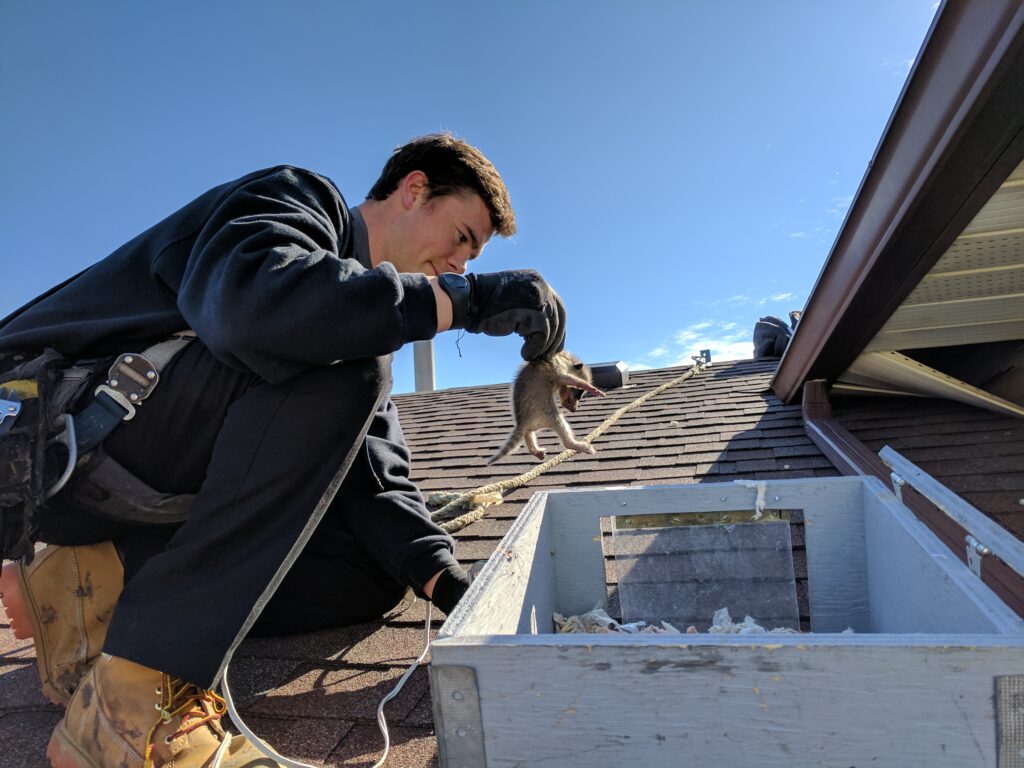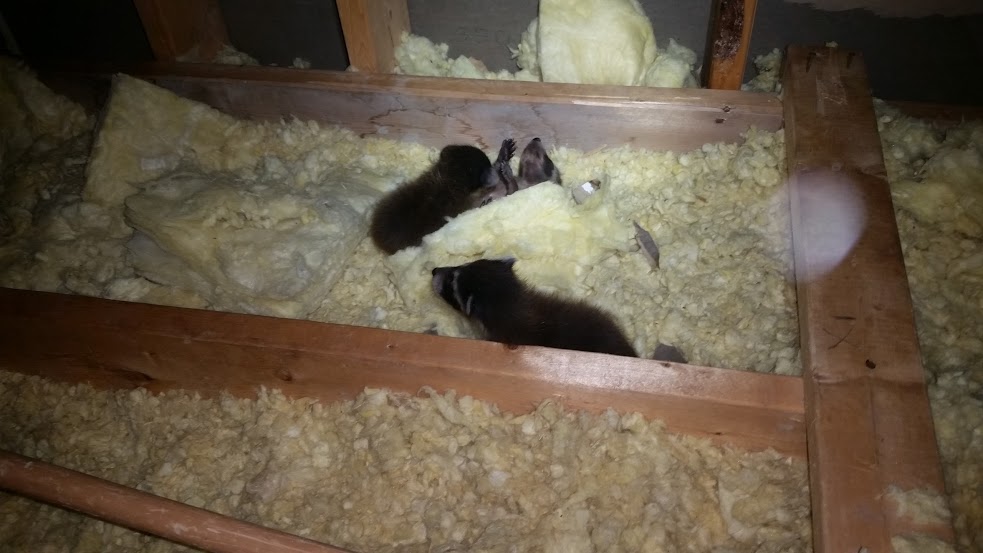Raccoons that have adapted to live near humans specifically seek out food and shelter close to human habitations. As a result, there is a chance you may need raccoon removal services someday to evict a raccoon family out of your house. Here are some valuable things to know about raccoon mating habits.
1. Your Attic Makes the Perfect Nursery for Raccoon Babies
Raccoons are good climbers. An instinct drives them to make dens in trees to raise their babies. When raccoon babies are born, they are helpless and therefore vulnerable to predators, but if they are up in a tree, they are harder for most predators to find, meaning that they will be safe while the mother raccoon has to go forage for food.
When female raccoons become pregnant, they start looking for places to make dens. A raccoon that’s already in your neighbourhood may climb up your drainpipe or could possibly scale the side of your house with her nimble claws.
An attic makes a superior den site. It has a roof, so it’s protected from the elements. It’s always warm, even in the winter. It’s covered in insulation, so there’s plenty of soft nesting material. It’s dark up there, but that’s not a problem because raccoons are nocturnal foragers. Best of all, the attic is safe from predators.
2. Raccoon Mating Season Lasts Approximately Six Months
Raccoons’ mating season typically starts in January and lasts until approximately June. Female raccoons typically give birth to one litter per year, but if something happens that they lose the first litter early in the season, they may mate again and give birth to a second litter. Raccoon litters start arriving in late February through early July. Litters typically consist of three or four kits, though litters of anywhere from one to seven are possible. The babies stay with their mothers at least through the autumn, with female kits likely to stay with their mothers through the winter. Male raccoons are usually solitary and do not stay with their mates to help raise offspring.
3. Babies Complicate Raccoon Removal
Raccoon babies are completely dependent on their mothers for the first couple of months of their lives. They are unable to see or hear when they are born, and it is only when they are six weeks old that they start moving around their den site. If you remove a mother raccoon and she can’t get back to her babies, they won’t survive.
The babies have to be removed from the home by hand, but this is no easy feat either. Raccoons make dens in small, hidden places that may not be easily accessible to humans. Female raccoons have strong maternal instincts. If the mother is still present when you try to remove the babies, she may attack viciously, and raccoons can carry rabies. If a raccoon finds that her access to her babies is cut off, she will do whatever she can to get back to them, likely damaging shingles, soffits, or fascia in the process.
Once the babies are removed, they need to be kept warm. Our technicians put the babies in a special heated box after removing them and leave it outside for the mother to find. Once the entries are sealed off and the mother raccoon realizes she can’t get back in, she takes her babies to another den site she has already established elsewhere. Raccoons typically maintain several den sites for just such an occasion.

Call Skedaddle for Raccoon Removal Services
Raccoon removal requires professionals, for your sake as well as the raccoons’. Find out more about all the services we offer related to wildlife control in Oakville.



